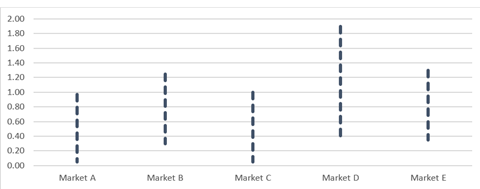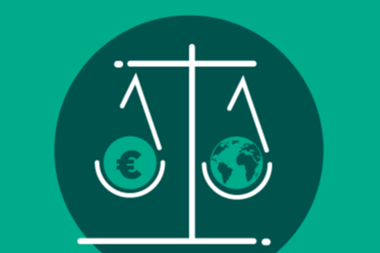The landscape for custodians has changed significantly
Pension schemes take a highly sophisticated approach to managing their assets. Their approach to managing their advisers and service providers has become more sophisticated, too, but there is more that can be done.
Custodians, for example, provide a fundamental service to pension schemes, but how can a scheme be certain it is not overpaying? Is it always a level playing field? How can trustees get certainty that they are getting the best possible service at the best possible price? Let’s find out.
The evolution of the industry
Over the years, we’ve witnessed custodians shift away from traditional core and value-added services towards a more sophisticated approach of managing risk, knowledge provision and data management. Where once the role of the custodian was viewed as simply a “processor”, an increasing number of pension schemes now view the relationship with their custodians as a strategic partnership.
This is good news for the long-term relationship and trust between the custodian and the pension scheme, but, as with any relationship, communication and transparency are key, especially as we experience a greater focus towards governance and best practice in the industry.
The landscape for custodians, meanwhile, has changed significantly. They have felt the impact of falling revenues from “traditional” business lines, such as safekeeping of assets, foreign exchange, and net interest income. They’ve also invested heavily in modern systems (ESG, TCFD, for example), making them better equipped to serve their clients.
While it is reasonable for custodians to expect fair compensation for the services they provide, it is difficult to know how much profit is fair. Are some pension funds contributing more to these profits than their peers? Spoiler: they are.
Regular check-ins
If a pension scheme does not carry out regular analysis of its fee schedule – and a lot don’t – it cannot know whether it is paying a competitive rate. There may be savings available. That is why accurate and detailed analysis of custodian fees in the industry is so important.
By that, we mean accessing a fully comprehensive range of real-time data, allowing the pension scheme and the custodian to engage in regular conversations over the costs of the services provided, agreeing where changes need to be made in order for the partnership to progress, in the long-term.
The following graphic provides an illustration of the range of costs that UK pension funds can be exposed to for the same area of service, in this case safekeeping charges in a number of major markets.

Within the above chart (based on current custodian pricing principles), the spread of costs of safekeeping of assets in Market A ranges from a low of 0.05bps to a high of 0.97bps. What this means is that a pension fund paying 0.97bps is paying far more than a pension fund paying 0.05bps, for exactly the same service. We have seen recent instances where pension schemes have been able to realise a reduction in their safekeeping costs of around 25% per annum, simply by addressing over-charging in a couple of markets. Imagine the savings if this were rolled out across each of the pension fund’s investment markets…
If we extrapolate those results across the numerous charges included in a typical custody rate card (such as transaction costs, derivative charges, and reporting fees), it is easy to understand just how complex a task it is to ensure that your current fee arrangements are market competitive.
Why are fee reviews important?
Increasingly, we’re seeing pension schemes come to us with transparency as their highest priority issue – not just in the UK, but across Europe and North America also.
Clients are aware that better transparency around custody rates and processes represents improved governance on behalf of their members. Delivering value for the pension scheme members is a key responsibility of a trustee board and undertaking a regular review of custody fees allows trustees to prove that they have a process for achieving this.

In addition to his managerial responsibility, he also consults with several key strategic clients across the UK and Europe on all aspects of their relationship with their chosen TPA.
The good news is that the value of a pension fund’s relationship with a custodian can be far better assessed these days, as we have access to a much larger range of data points than ever before. When you have such a vast range of data points at your fingertips, you can build the most comprehensive picture so that like-sized schemes can compare themselves with peers in order to find the best cost-efficient rates.
Data gathering
The custody business is changing how it operates, and its responsibility towards pension schemes and the efficiency with which it functions will need to change, too. The direction of the industry is only moving one way – towards greater transparency.
As pension schemes demand clarity, as standard, custodians will need to demonstrate their commitment to the cause. Increased transparency over the cost-efficiency of a custodian’s offering is in the best interests of the pension scheme and its members – and, as we anticipate an industry move towards the sharing and highlighting of competitor costs, it will be in the best interests of the custodian in its long-term relationship with its clients also.
































No comments yet